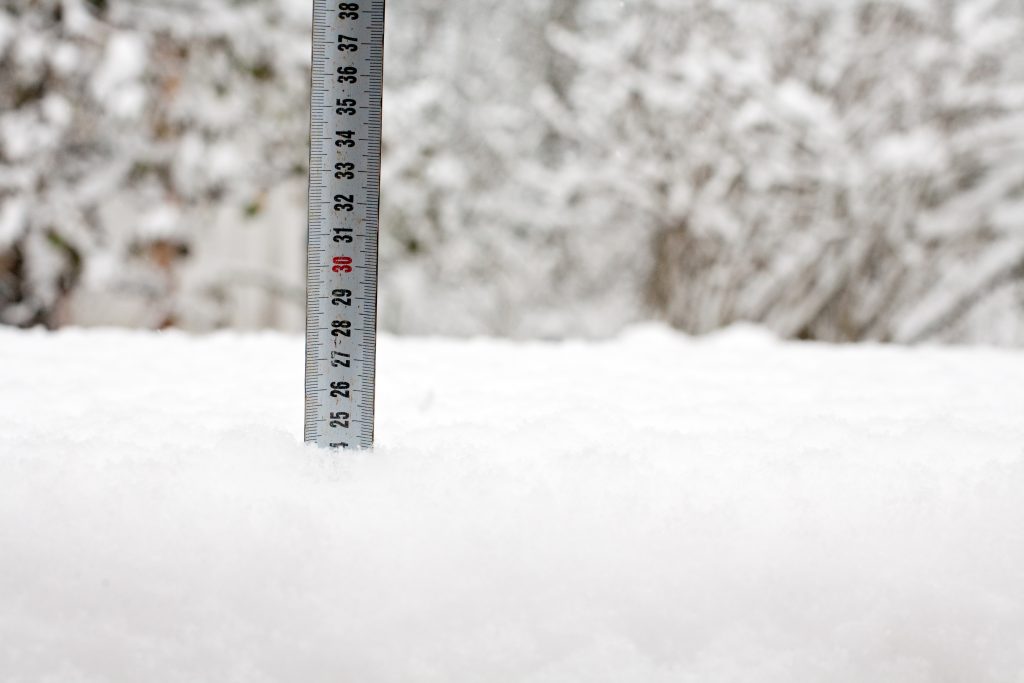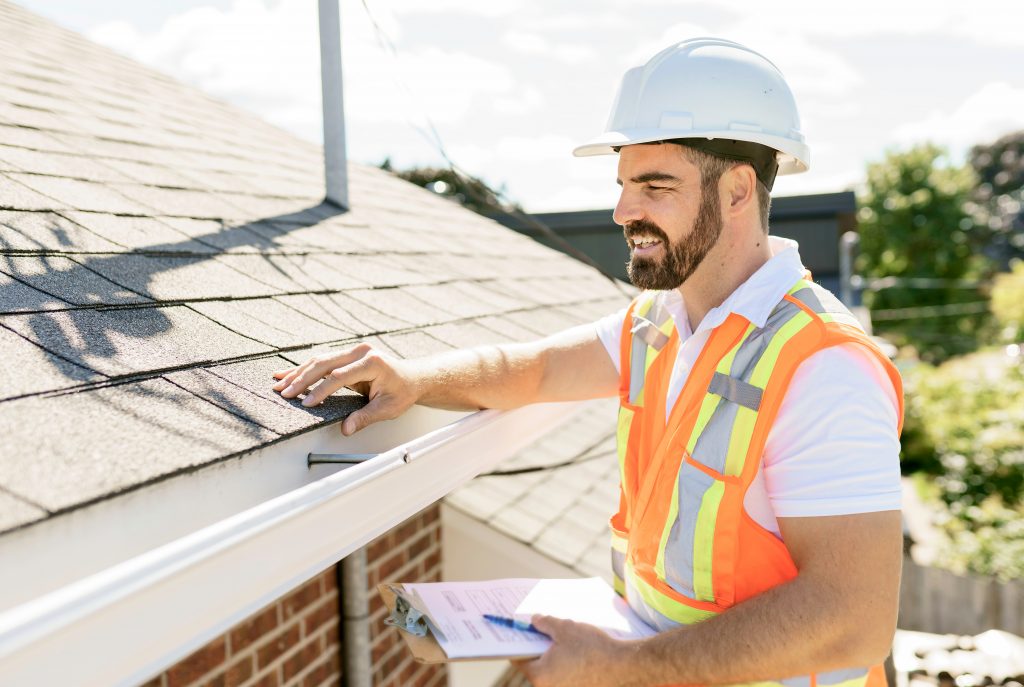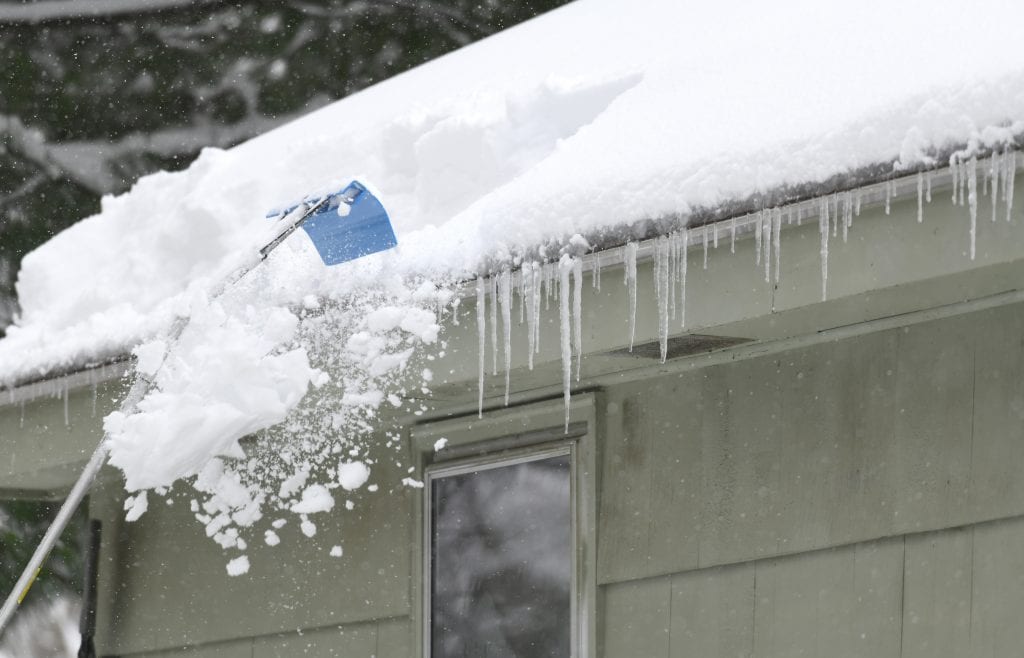When winter snow starts to fall, you might wonder how much snow you can expect your roof to handle. After all, heavy loads of snow can cause severe damage and costly repairs if not taken care of.
So how much snow can your roof really hold? The answer depends on several factors.
Determining How Much Snow Your Roof Can Hold
The average roof can support about 20 pounds of snow per square foot, but this can vary depending on the type of roof and the climate you live in. For most residential roofs, the maximum weight of snow should not exceed 30 pounds per square foot.
To calculate how many inches of snow your roof can hold, you need to consider the density of the snow, as well as other factors such as altitude and humidity. To prevent roof collapse, it is essential to calculate the weight of the snow on your roof and take steps to remove any excess accumulation.

The weight of one foot of fresh snow can be anywhere from 3 to 21 pounds per square foot, depending on its density. Light, dry snow is typically around 3 pounds per square foot, while wet, heavy snow can weigh up to 21 pounds per square foot.
It is also crucial to factor in additional loads from ice dams or drifts that may accumulate on your roof over time. The drifted snow can be much heavier than usual and cause structural damage if left unchecked.
When it comes to preparing for winter weather conditions, you can take some proactive steps to protect your roof from excessive snow buildup.
Get Ahead of the Problem
Have a qualified professional inspect your roof annually (ideally in autumn), so they can check for any structural weak points or necessary repairs. Clean out your gutters of any leaves, pine needles or other debris that may have accumulated to ensure that water can flow freely through.

Trim trees near your roof to prevent branches from breaking off during heavy snowfall or strong winds. Also, check the flashing around vents, chimneys and skylights to ensure they are secure and in good condition.
Inspect the drainage valleys on your roof to ensure they are clear of debris so water can drain properly away from your home. Also, examine all the shingles on your roof to check for any signs of wear or damage that could be exacerbated by heavy snowfall or strong winds during winter storms.
Remove Heavy Snow and Ice
Regularly assess your roof’s condition and remove any built-up snow or ice that exceeds safety guidelines. The best roof rake is an excellent tool for safely removing snow from your roof and preventing ice dams.
When using a roof rake, it’s critical to start at the edges of the roof and work your way up, being careful not to press down too hard as you pull back. Removing the first foot or two of accumulation at the base of the rooftop before moving higher up is best.

The best roof rakes are also available in telescoping models that allow you to extend them further for greater reach.
Remove icicles as well, because they add extra weight.
By following these tips, you can keep your home safe during winter and prevent unnecessary damage from hefty snow and ice accumulations on your roof.
This story originally appeared on Don't Waste Your Money. Checkout Don't Waste Your Money for product reviews and other great ideas to save and make money.


